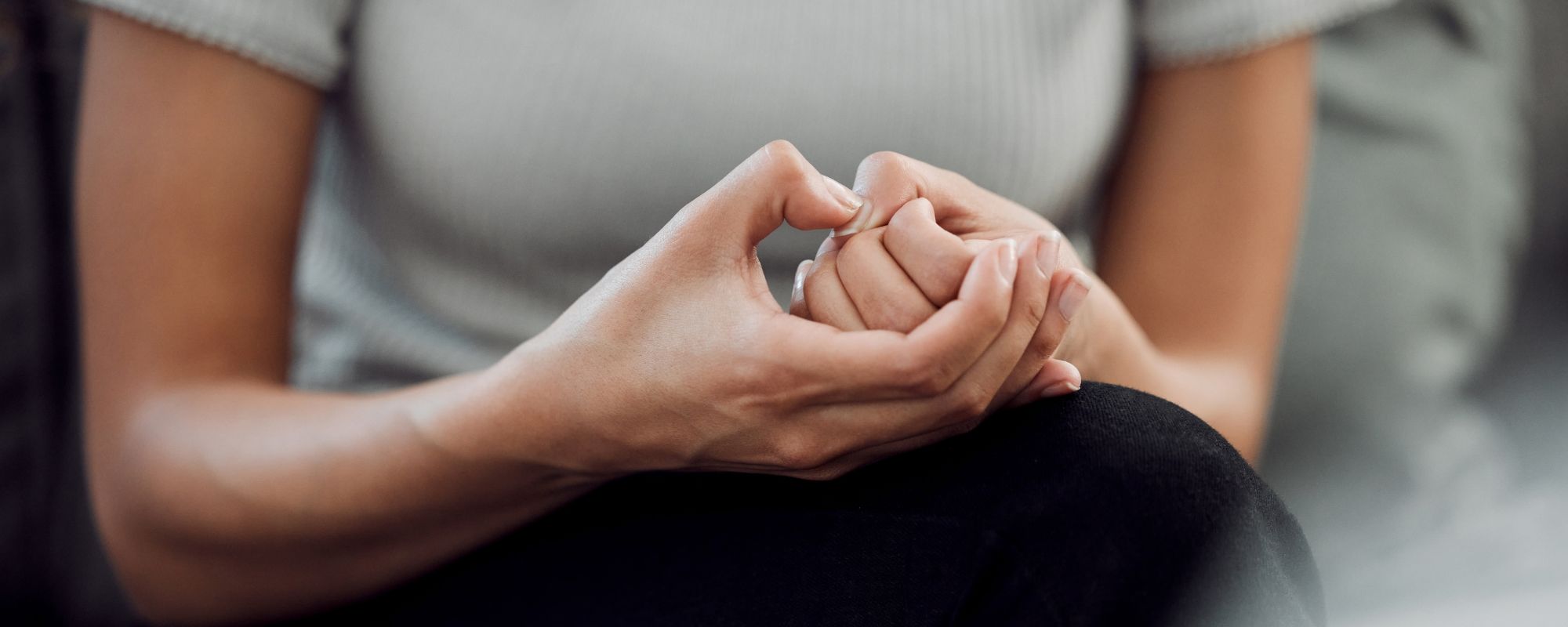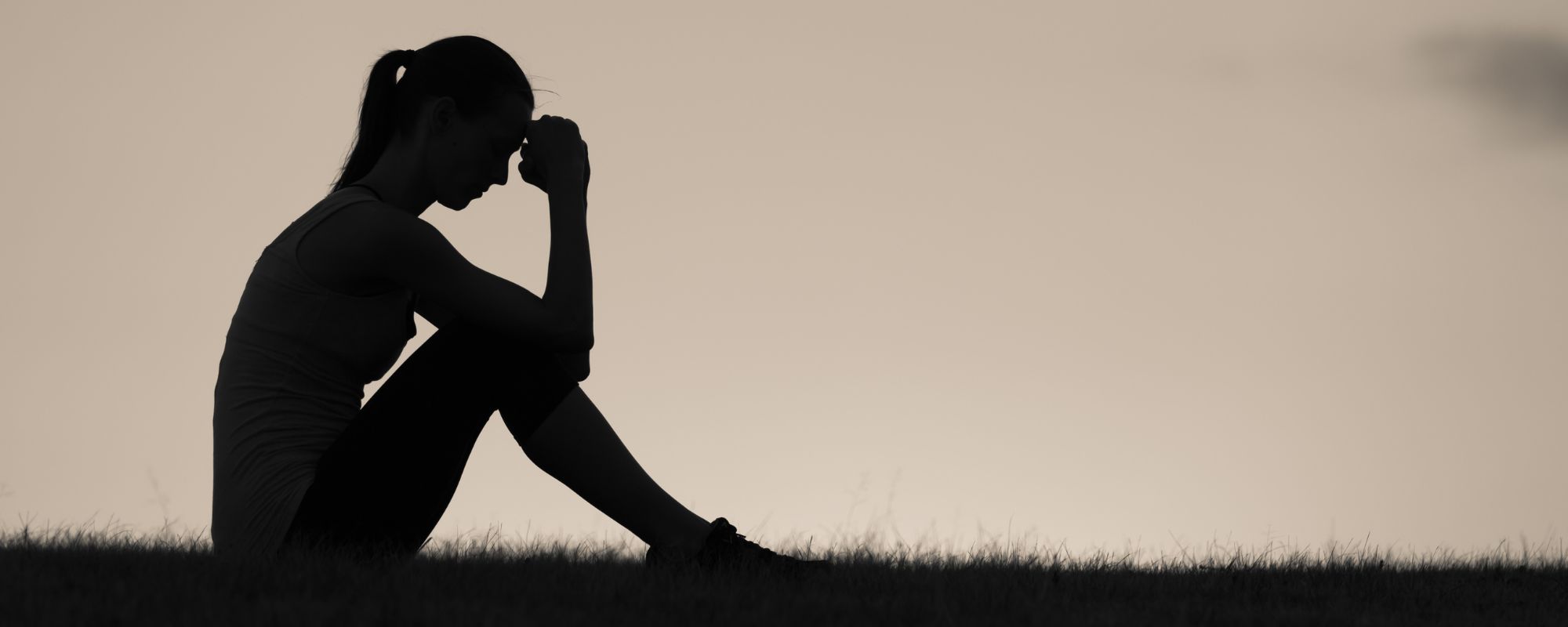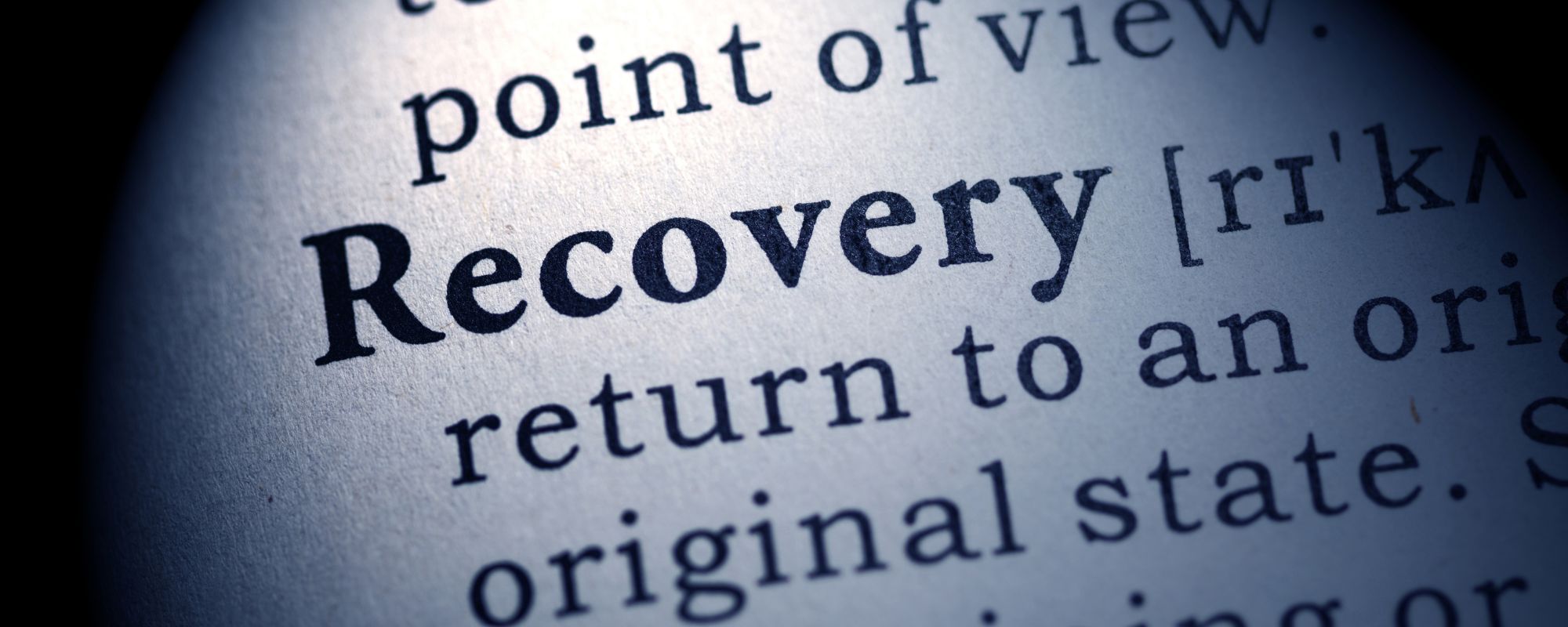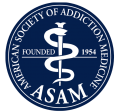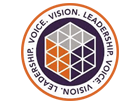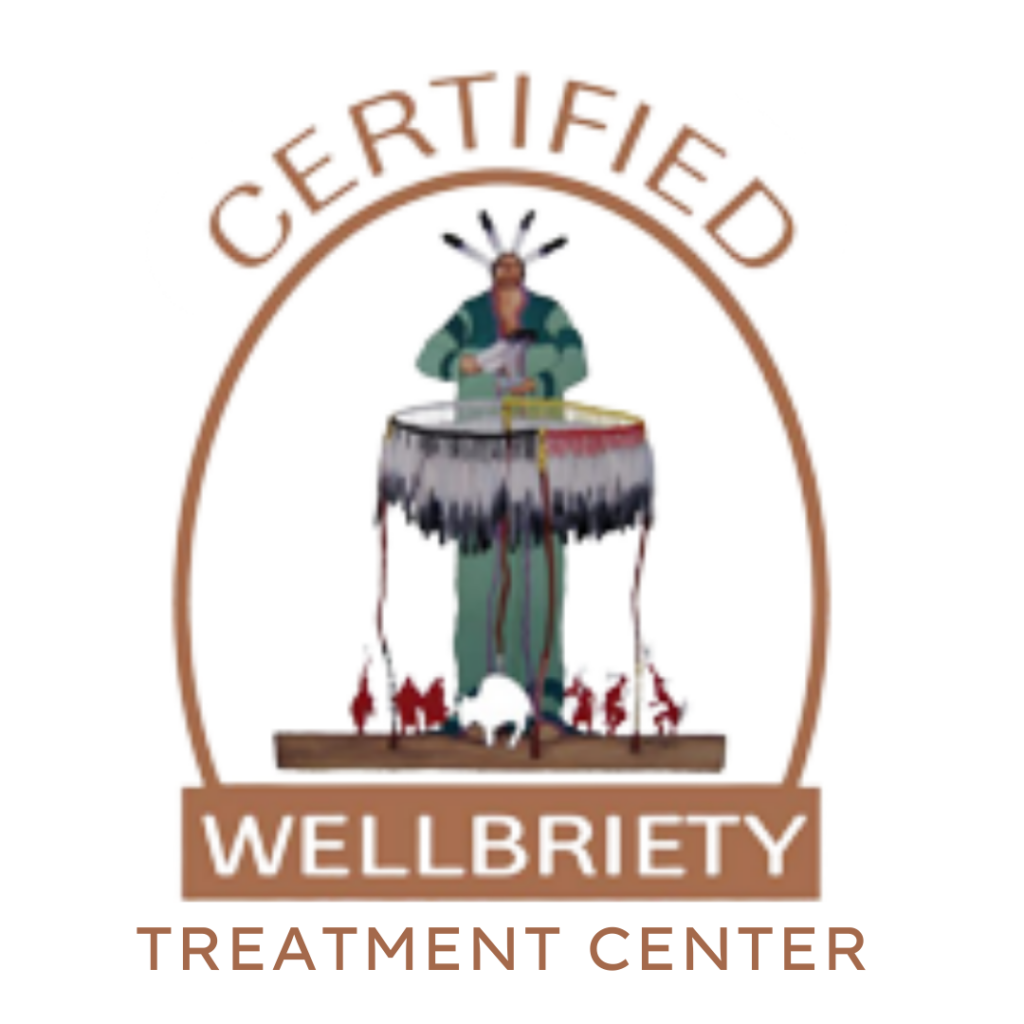Often when a loved one is dealing with a substance use disorder, it can be difficult to know where the line between enough support and too much support exists. Family, friends, and significant others want to be there for their loved one during their addiction recovery and help however they can, but without due diligence, help can spiral into codependency and enabling. Codependency can take root at any stage in addiction recovery, but early recovery is a sensitive time when someone newly sober may be more at risk of getting caught up in a codependent relationship.
A lack of boundaries, allowing resentments to build up, and entering into an all-consuming relationship can stifle recovery efforts and create a dysfunctional, codependent relationship for both parties.
Codependency is often the precursor to enabling, neither of which are healthy behaviors. Codependency involves someone controlling another person’s addictive behavior and believing that love and approval depend on taking care of the addicted person in any and all ways.
When someone with a substance use disorder is part of a codependent relationship, they may not realize that their behavior is harmful because no one has told them so. They hurt not only the other person in the relationship, but also themselves, because neither person can function normally without the other.
Some common forms of codependent behavior (on the part of the enabler), according to the University of California Davis:
An exaggerated sense of responsibility for the actions of others
A tendency to confuse love and pity
An unhealthy dependence on relationships
And extreme need for approval and recognition
A sense of guilt when asserting themselves
Lack of trust in self and/or others
Fear of being abandoned or alone
Examples of enabling include taking over another person’s responsibilities, including financial ones, making and going along with excuses, and cleaning up physical and figurative messes.
The flip side of the codependent relationship is someone who is manipulative and puts their own needs above everything else. They generally detach themselves from others until they need something. Alternatively, they may invest too much in another person, allowing their happiness to become contingent on this person and their relationship with them. Recovery is put on the back burner, and a partner/family member finds themselves shouldering all of someone else’s emotions.
How to break the cycle and find independence
A one-sided relationship, especially when addiction is involved, is not healthy for either person and can breed toxic emotions and encourage self-destructive behavior. The cycle of enabling can be broken, however. After recognizing the signs of enabling, there are actions you can take to help mitigate the issue, such as no longer cleaning up their messes. If your loved one is late to work because they relapsed the night before, don’t make excuses for them. They must take responsibility for their own actions if they are going to make progress in their addiction recovery.
If you are the codependent, the signs are not the same. An addict in a codependent relationship may not realize that they are harming the other person, so they should take care to note their own coping mechanisms, self-care practices, and interpersonal behaviors.
Recovering from codependency
The effects of a codependent relationship will likely not go away on their own and will be felt even after the relationship ends. Attending 12 step meetings and/or family therapy is a good place to begin sorting out emotions and recovering from a dysfunctional codependent relationship. This will pave the way for strengthening independence and building healthy, lasting relationships.
If you or a loved one needs help overcoming a substance use disorder, please reach out to us for help. Our admissions staff is available 24/7 at (877)-RECOVERY to answer your questions and address your concerns.













